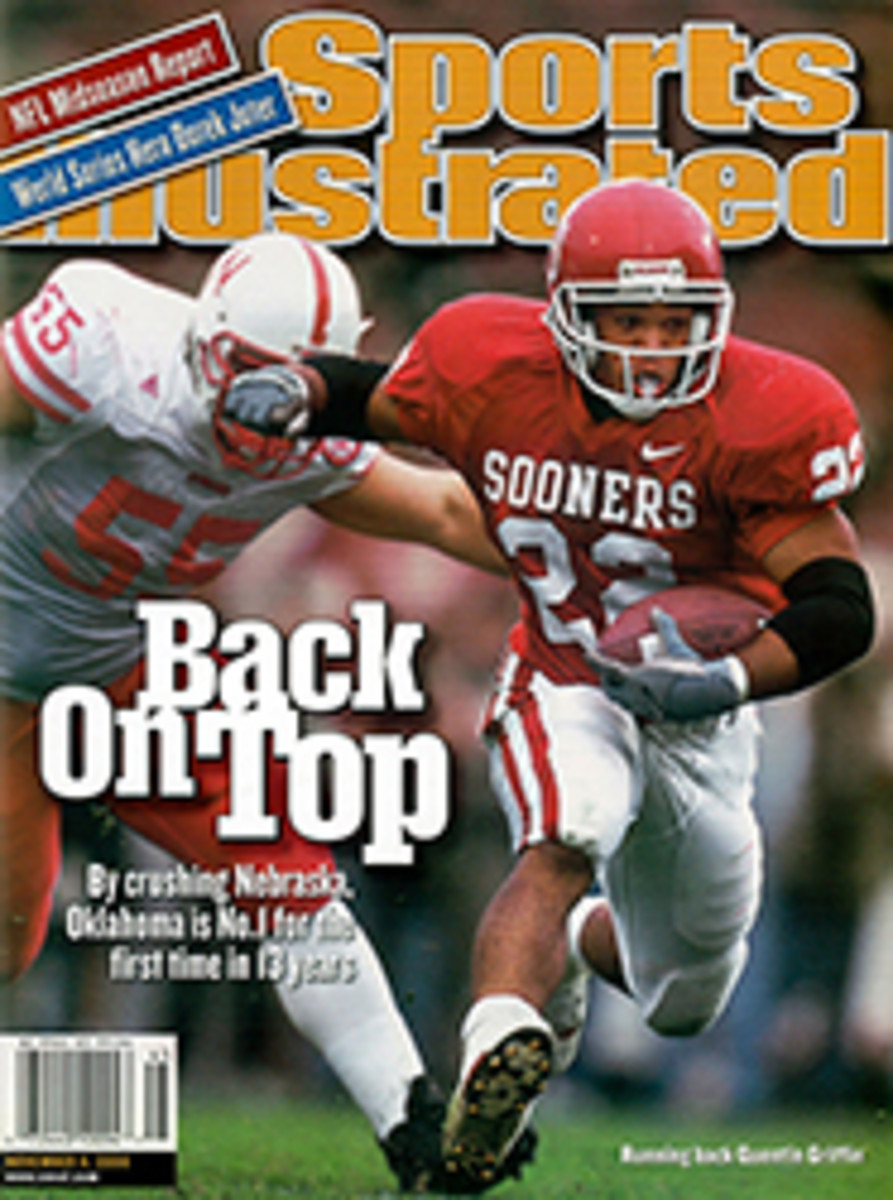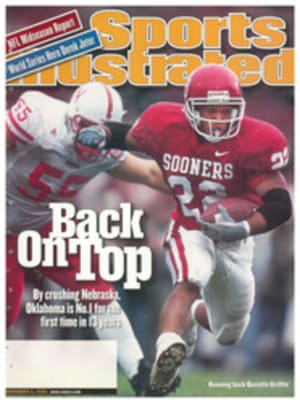
Books This portrait of an American icon is no pretty picture
Joe DiMaggio, The Hero's Life
by Richard Ben Cramer / Simon & Schuster, $28
Joe DiMaggio may well have been the longest-living Living Legend.
As we learn from this iconoclastic biography, that's no way to
live. Comparing Joltin' Joe to ordinary mortals, Cramer writes
that it "was as if the Hand of God had reached down and made this
man great--uncommon, unlike them--and that would wall Joe away
forever." His "home address," writes Cramer, "was the Pantheon."
There may never have been a time when DiMaggio was not, in one
way or another, famous. Raised in San Francisco's predominantly
Italian--and certainly not, as now, chic--North Beach, the future
Yankee Clipper was, because of his athletic prowess, a boy apart
in the neighborhood, a hero to the other kids even then. Vaguely
indifferent at first to the game that would bring him riches, he
was an instant success in professional baseball. As an
18-year-old with the San Francisco Seals, he set a Pacific Coast
League record by hitting in 61 consecutive games, back when the
PCL was the top minor league.
After batting a cool .398 in his final season with the Seals, he
became, in 1936, major league baseball's most trumpeted rookie,
the presumed successor in Yankees iconography to Babe Ruth. He
certainly lived up to expectations. In fact, he was the first
player to excel brilliantly in all five of the game's accepted
skills: running, throwing, fielding, hitting and hitting with
power. When, in 1941, he hit in a record 56 consecutive big
league games, even the war raging in Europe seemed incidental.
The Clipper's celebrity never diminished after he left baseball
at the end of the 1951 season. He even married the nation's sex
symbol, Marilyn Monroe, in 1954. It was a marriage of children,
doomed to fail, as it did after only nine months, and Cramer
breathlessly recounts its every tectonic shift. DiMaggio's
dignified grief at the funeral for his former, and future,
wife--according to Cramer, just before her death, Marilyn had
agreed to remarry Joe--only endeared him more to an already
adoring public.
Cramer, writing in a variety of styles ranging from the gossipy
to the cynical, takes on the generally rewarding job of exposing
feet of clay. The DiMaggio we find in these pages is a greedy,
stingy churl who was capable of uncommon cruelty to wives and
friends alike, any of whom he would cut off on a whim. He was
America's guest, a freeloader who wouldn't recognize a hotel
bill or a restaurant check if it were handed to him, which it
never was. He consorted with mobsters, prostitutes and other
unsavory sorts. There is a puzzling 27-year gap in the book's
chronology, as the author, without explanation, touches only
briefly on events from 1962 to '89. As a withering octogenarian
DiMaggio raked in a fortune in the memorabilia racket, aided and
abetted by an unscrupulous lawyer. The hero had the personality
of a stone. It is not a pretty picture, though it certainly
makes for lively reading.
But in his zeal to vilify Joltin' Joe for his callousness to old
pals, Cramer occasionally overextends himself. When, for example,
he writes that DiMaggio dumped one of his oldest and most
faithful compatriots, the San Francisco tavern owner Reno
Barsocchini, and further implies that Joe refused to attend his
friend's funeral, I can personally testify that Cramer is wrong.
Reno was a friend of mine, too, and he was one of the constants
in DiMaggio's life. Far from eschewing Reno's funeral, Joe was,
with his brother Dom, a weeping pallbearer. I know because I was
there.
As a matter of fact, I don't think the Clipper ever forgot where
he came from. Even for an icon, the man wasn't all bad.
COLOR PHOTO: SIMON & SCHUSTER

